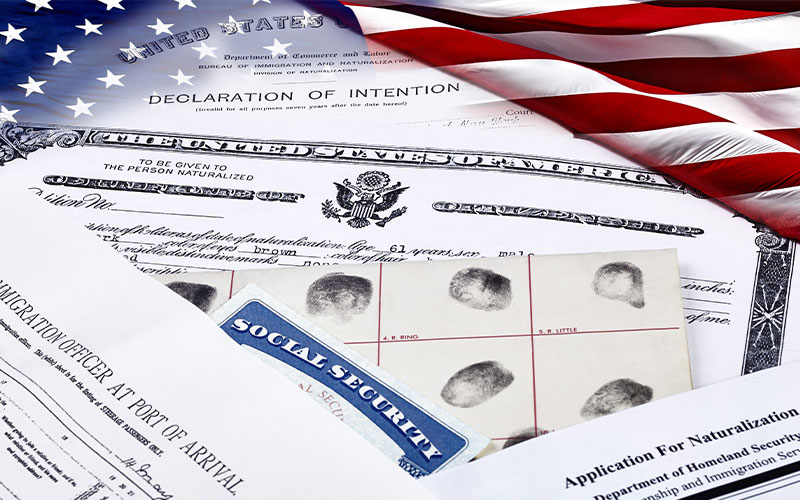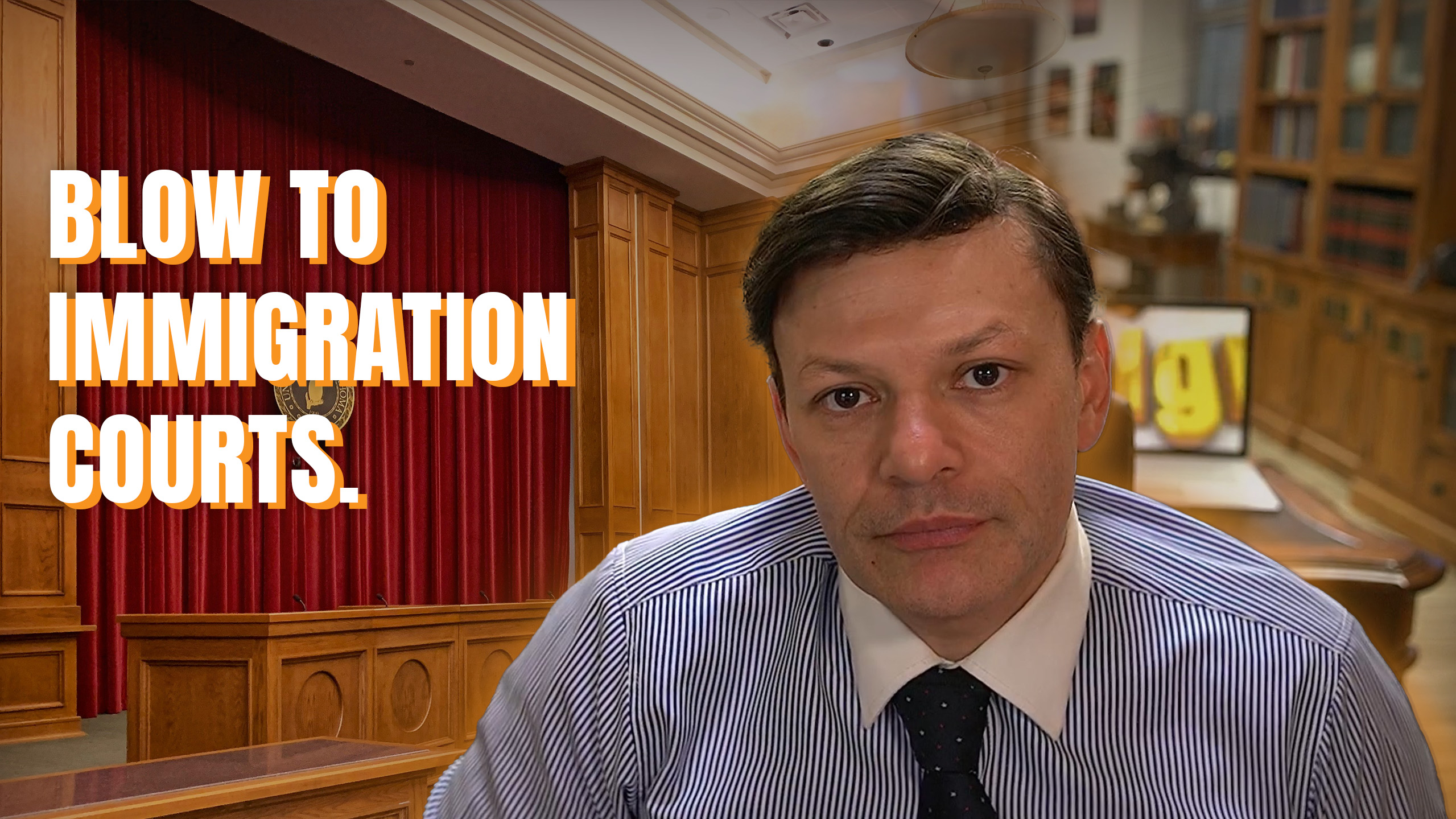Can an Undocumented Immigrant Become Documented?
There are many people who come to our office and present a very common story:
“I came to the United States ten (fifteen, twenty, thirty) years ago. I’ve never had any problems with the police or with immigration. What can I do to fix my papers?”
The answer to this question can vary depending on different circumstances, and the responses to the following questions will allow us to determine if an undocumented immigrant can acquire some type of lawful status.
- Did you enter the country with or without inspection (with or without permission)?
- Do you have any family members in the country who are citizens or permanent resident?
- At what age did you enter the United States?
- Have you ever been a victim of crime or domestic violence, either in the United States or your country of origin?
Being Undocumented
The first thing, though, is to define “undocumented”; what is an undocumented immigrant? Undocumented immigrants are lumped together under other labels, too, such as “illegal immigrants”, “illegal aliens” or simply “illegals”. Our choice to refer to those in the country without authorization as being “undocumented” come from an understanding that actions are illegal, not people. Undocumented immigrants might be in the country illegally, but they themselves are not illegal.
The majority of undocumented immigrants enter the United States on a non-immigrant visa or through the visa waiver program and remain in the country beyond the period of time they are allotted, which can vary. In most cases, a stamp in the passport will indicate the date by which the non-immigrant must leave. For B1/B2 (tourist) visas, the authorized stay is no more six months; for F1 (student) visas, the authorized stay depends on the student maintaining status as a student. The authorized stay for visa waiver non-immigrants in usually ninety days.
Please note that a visa itself only permits the holder to request entry to the United States, and while a tourist visa might be valid for ten years, that does not mean that the holder is allowed to stay in the United States for ten years, only that the holder has permission to request entry for that period of time.
The other, more familiar type of undocumented immigrant is the individual who crossed the border without inspection and was never granted permission to be in the United States.
Whether or not someone entered as a legal non-immigrant visa can, depending on individual circumstances, have a huge impact on her ability to obtain legal immigrant status, even if the intending immigrant overstayed the visa.
Immigrant Visas and Adjustment of Status
There are two processes through which an individual is able to obtain legal immigrant status in the United States. One is obtained abroad, and the other in the United States. Someone overseas who wants to immigrate to the United States must apply for an immigrant visa. Most undocumented immigrants who entered the United States without authorization must return to their countries of origin to apply for an immigrant visa so they can enter legally. Those who enter with a non-immigrant visa can, depending on the circumstances, remain in the country to go through a process called adjustment of status.



